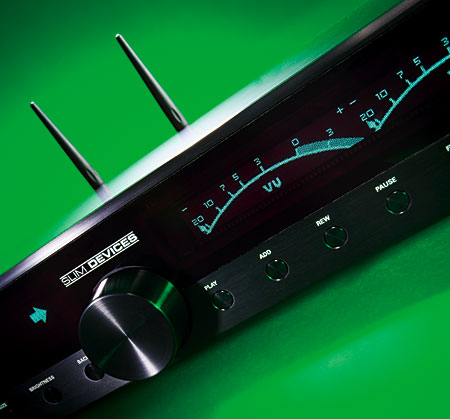I would like to benefit from your expertise to better understand a point that is perplexing me. My question concerns the acceptable voltage to send to an amplifier, which, from what I understand, depends on the amplifier's input sensitivity, unique to each model.
Yamaha explains that 'Input sensitivity refers to the input signal level that results in the rated output at maximum attenuation (normally 0 dB). It also refers to the input level at maximum attenuation above which the output is clipped.'
So, to avoid any clipping or distortion beyond the specified limits (which I already know are often quite forgiving), it's advisable that if you want to set the volume to the maximum on the amplifier, you shouldn't provide an input signal exceeding its input sensitivity.
However, if I set the amplifier without ever going beyond 50% (12 o'clock), does that mean that I can send it twice the indicated input sensitivity ?
For the sake of discussion, let's assume that 12 o'clock truly corresponds to 50% of power; I'm aware that the volume potentiometer is rarely linear.
In other words, is it correct to summarize things by saying: [Max. output before clipping] = [Input sensitivity] * [Output gain] ?
If this reasoning is correct, what are its limits? For example, is it safe to send an input voltage ten times higher than the amplifier's input sensitivity if the amplifier is set to only 10% of its power output? This would imply exceeding the line-level voltage, and I can't seem to grasp if that's problematic.
To provide some context, I'm asking this question because my preamplifier seems capable of exceeding 2V, while my amplifier has an input sensitivity of 700mV.
Yamaha explains that 'Input sensitivity refers to the input signal level that results in the rated output at maximum attenuation (normally 0 dB). It also refers to the input level at maximum attenuation above which the output is clipped.'
So, to avoid any clipping or distortion beyond the specified limits (which I already know are often quite forgiving), it's advisable that if you want to set the volume to the maximum on the amplifier, you shouldn't provide an input signal exceeding its input sensitivity.
However, if I set the amplifier without ever going beyond 50% (12 o'clock), does that mean that I can send it twice the indicated input sensitivity ?
For the sake of discussion, let's assume that 12 o'clock truly corresponds to 50% of power; I'm aware that the volume potentiometer is rarely linear.
In other words, is it correct to summarize things by saying: [Max. output before clipping] = [Input sensitivity] * [Output gain] ?
If this reasoning is correct, what are its limits? For example, is it safe to send an input voltage ten times higher than the amplifier's input sensitivity if the amplifier is set to only 10% of its power output? This would imply exceeding the line-level voltage, and I can't seem to grasp if that's problematic.
To provide some context, I'm asking this question because my preamplifier seems capable of exceeding 2V, while my amplifier has an input sensitivity of 700mV.



